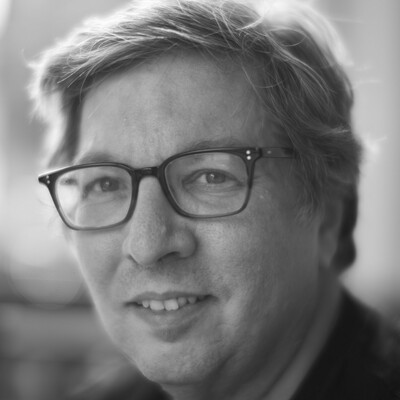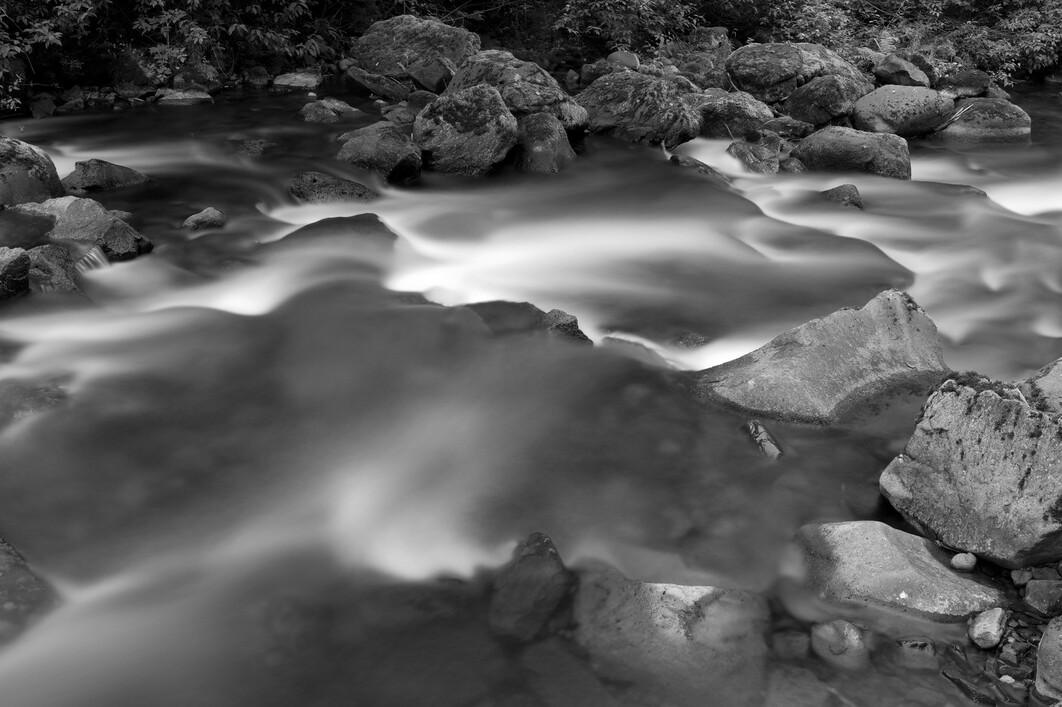Matt Blaze
Scientist, safecracker, etc. McDevitt Professor of Computer Science and Law at Georgetown. Formerly UPenn, Bell Labs. So-called expert on election security and stuff. https://twitter.com/mattblaze on the Twitter. Slow photographer. Radio nerd. Blogs occasionally at https://www.mattblaze.org/blog . I probably won’t see your DM; use something else. He/Him. Uses this wrong.
- 174 Posts
- 490 Comments
 1·4 months ago
1·4 months agoThe Lincoln Memorial, an iconic DC tourist attraction, is crowded and bustling year round. But in the middle of the night, when it’s empty and quiet, it becomes a very different place. It’s solemn and peaceful in a way that takes you by surprise. I lingered longer than I needed to when taking this photo.
Part of my “slightly better versions of the pictures of local attractions than you might find hanging in your hotel room” series.
 1·4 months ago
1·4 months agoCaptured with the Rodenstock 90mm/5.6 HR Digaron (@ f/7.1) and the PhaseOne IQ4-150 “Achromatic” back. 12mm of vertical shift kept the geometry in line. The sharp lens and achromatic back reveal a lot of detail zoomed in at full resolution (full res is downloadable on flickr).
This is a very simple composition, the frame filled with the Memorial from roughly the perspective shown on the $5 bill. The National Parks Service does a superb job lighting the site.
 2·4 months ago
2·4 months agoTelegraph poles like these, with multiple “code lines”, were once a common feature along American railroads. They are distinguishable from ordinary power or telephone lines by their multitude of cables, often occupying several crossarms. They typically carried a power bus plus individual lines for the signals along the route, with more efficient encodings used as technology improved.
They’ve been mostly supplanted by more modern SCADA systems that don’t require so many individual wires.
 2·4 months ago
2·4 months agoCaptured with a DSLR and 24mm shifting lens (vertically shifted just a bit) on a hot day in the Mojave desert.
This is a simple composition, characteristic of the early 20th century Precisionist school. There’s little in the frame that isn’t essential. The pylons, wires, and tracks all converge at a vanishing point at the edge of the frame, suggesting, but not showing, a more expansive network of wires, tracks, and, for better or worse, human dominance over nature.
 1·4 months ago
1·4 months ago@msbellows @luis_in_brief Keep in mind that commercial aviation generally used pretty small planes, and seaplanes were pretty common (eg, PanAm “Clipper” service). I’m not sure if they were considering TI primarily an airport for seaplanes or not, but if so, that would be fairly easy to do near the bridge.
 1·4 months ago
1·4 months ago@[email protected] Someone I know who was working on a soundstage n Alameda was told “Whatever you do, don’t bring a Geiger counter. The readings will upset you and there will be nothing you can do about it.”
 1·4 months ago
1·4 months ago@[email protected] You could catch a streetcar on the Bay Bridge, though.
 1·4 months ago
1·4 months ago@[email protected] Not long ago they had the radiation, but not the signs.
 1·4 months ago
1·4 months agoBy now many, though not all, of the structures from the island’s military era have been demolished (including the bowling alley in the photo). Environmental remediation is proceeding slowly.
A small community of mostly low-income families live in the island’s housing, and some of the larger buildings are used as sound stages for film production and related industries. Fancier redevelopment is starting to accelerate.
 3·4 months ago
3·4 months agoSan Francisco’s Treasure Island is a weird place. An artificial island built adjacent to Yerba Buena Island in the middle of the Bay Bridge, it initially hosted the 1939 World’s fair, with plans to then use it for the city’s main airport. At the start of WW II, the US government appropriated it for use as a Naval station. After the Cold War, the government returned the island to the city. It was extensively contaminated by radioactive waste from decontamination training conducted on the island.
 2·4 months ago
2·4 months agoThis was captured with a BetterLight scanning digital back and Nikkor 90mm lens on a Sinar P 4x5 camera.
This now-demolished bowling alley was part of the Treasure Island Naval Station, closed about 15 years earlier and then just starting to be redeveloped (a process that’s been slowed by serious environmental contamination).
The composition emphasizes the simple lines of the structure and the isolated, rather desolate setting.
 1·4 months ago
1·4 months agoIt’s been difficult to separate the new World Trade Center building from that terrible day in 2001, but we now have the benefit of just enough time that we can begin to discuss the tower as a piece of architecture and as part of the skyline, on its own terms.
 1·4 months ago
1·4 months agoIt’s generally simpler to capture tall skyscrapers like this from a distant vantage point; the classic photos of WTC are usually shot from Brooklyn or New Jersey. But here I wanted to show it as it’s seen in the neighborhood. The foreground buildings look taller in the frame, but the (much taller) One WTC tower still stands out, given its uncrowded position in the skyline, as if its neighbors maintain a respectful distance.
 1·4 months ago
1·4 months agoThis was captured with the Rodenstock 70mm/5.6 HR Digaron-W lens. A large image circle allows room for considerable movements, used here to swing to selectively focus on the WTC tower. A polarizer darkened the clear sky a bit, as well as taming some of the highlights reflected off the glass wall of the tower.
The shape of the new One WTC makes the light catch it differently throughout the day and in different weather. I made several exposures at different times before settling on this one.
 1·4 months ago
1·4 months agoI wish I had had more time to photograph this delightfully weird building, but I only had an hour or so before I had to leave for the airport that day. The hard morning light only illuminated this one angle reasonably acceptably.
 1·4 months ago
1·4 months agoCaptured with the Rodenstock 40mm/4.0 HR Digaron-W lens (@ f/5.6), Phase One IQ4-150 digital back (@ ISO 50), Cambo 1200 camera (shifted vertically -8mm).
Opened as the London headquarters for the Michelin Tyre Co in 1911, and now a mixed commercial building, the Art Nouveau Michelin House features whimsical tire-themed ornaments and stained glass windows with the original Michelin Man “Bibendum” character in various, generally terrifying, poses.
This motion study was captured with a Zeiss 40mm lens on a Pentax 645Z camera and 10 stops of neutral density. The 13 second exposure was timed so the train was passing in front for roughly half the exposure. The regular corrugated surface of the commuter train worked well to allow the station building to retain detail while still clearly showing the train streaking by in front. A freight train (which passed by a few minutes earlier) worked comparatively poorly for this.
 1·4 months ago
1·4 months agoCaptured with a Phase One IQ4-150 with the Rodenstock 23mm/5.6 HR Digaron-S. This is a very wide angle lens (the equivalent of about 16mm on a full frame 35mm camera) that makes Alcatraz seem particularly distant. A long exposure averaged out the waves and tufts of mist.
The San Francisco Bay likes to show off its weather. Karl the Fog moves fast. Everything can change very quickly.
I believe this was the last photo I made away from home before the pandemic reduced my travels.
@[email protected] and a world away

This was a rather opportunistic capture with a Leica M240 camera, a 35mm lens, and a tabletop tripod on a windowsill, just before a late afternoon thunderstorm.
The light always does most of the work in photography. Sometimes it works especially hard.